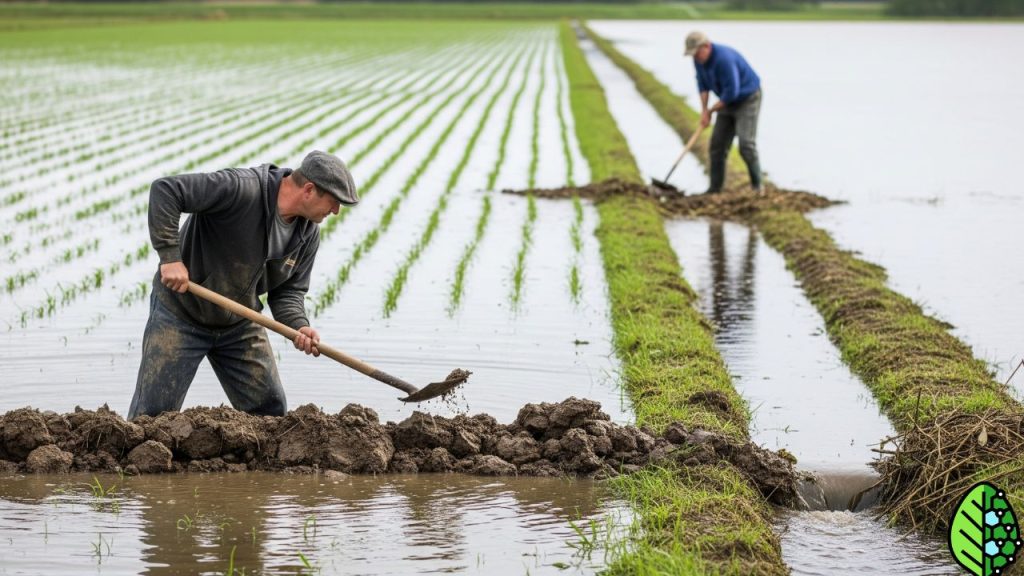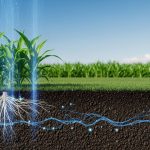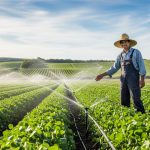Flood seasons can be a nightmare for farmers. The fields you work so hard to cultivate can turn into lakes overnight.
But here’s the thing: you don’t have to let floods ruin your farming dreams. With the right strategies, you can protect your crops and even thrive during these challenging times. Are you ready to discover how to manage your farm when the waters rise?
We’ll guide you through practical steps to safeguard your land and ensure your hard work doesn’t wash away. Keep reading to learn how you can turn the tide in your favor during flood seasons.
Flood-resistant Crop Selection
Selecting flood-resistant crops is crucial for managing farming during flood seasons. These crops can withstand excess water, reducing loss. By planting them, farmers ensure food security and maintain livelihoods despite adverse weather.
Managing farming during flood seasons can be a daunting task, but selecting flood-resistant crops can make a world of difference. By choosing the right crops, you can minimize damage and maintain productivity even when the waters rise. Let’s dive into the specifics of flood-resistant crop selection and explore how you can safeguard your farm against nature’s unpredictability.

Understanding Flood-resistant Crops
Flood-resistant crops have unique traits that enable them to survive in waterlogged conditions. These plants are resilient, often boasting deep root systems and a tolerance for excessive moisture. Familiarizing yourself with these attributes can guide you in making informed decisions for your farm.
Examples Of Flood-resistant Crops
Consider crops like rice, which naturally thrive in flooded environments. Sweet potatoes, taro, and certain varieties of corn are also known for their ability to withstand excess water. Opting for these crops can be a strategic move during flood-prone seasons.
Assessing Your Farm’s Needs
Evaluate your farm’s soil type, topography, and historical flood patterns. This assessment will help you identify the most suitable crops. Understanding your land’s unique characteristics ensures you make choices that align with its natural conditions.
Planning Crop Rotation And Diversification
Crop rotation is vital in flood management. By diversifying your crops, you not only enhance soil health but also reduce the risk of total loss during floods. Mixing flood-resistant crops with others can create a balanced ecosystem on your farm.
Learning From Others
Seek advice from farmers who have successfully navigated flood seasons. Their experiences can offer valuable insights and practical tips. You might discover unconventional methods that could work wonders for your farm.
Thinking Ahead
Flood seasons are unpredictable. Preparing for them requires foresight and adaptability. Are you ready to transform your farming strategy and embrace flood-resistant crops? Taking proactive steps today could save you from potential headaches tomorrow.
By focusing on flood-resistant crop selection, you empower yourself to tackle challenges head-on. These choices make a significant impact, ensuring your farm remains robust despite the weather’s whims.
Soil And Water Management Techniques
Floods can cause major challenges for farmers. Proper soil and water management during flood seasons is crucial. It ensures the health of crops and soil. Effective techniques can reduce damage and promote recovery.
Enhancing Soil Drainage
Soil drainage plays a vital role during floods. Improving drainage helps reduce waterlogging. Use raised beds to elevate crops. This prevents roots from drowning. Consider installing drainage ditches. They direct excess water away from fields.
Utilizing Cover Crops
Cover crops protect soil during heavy rains. They act as a shield against erosion. Planting legumes or grasses can be beneficial. These crops hold soil in place. They also help absorb excess water. Cover crops improve soil structure too.
Implementing Water Diversion Tactics
Water diversion techniques help manage floodwater. Build swales or berms around fields. They redirect floodwaters safely. Use contour plowing on slopes. This technique follows land contours. It slows down water flow and reduces erosion.
Monitoring Soil Health
Regularly check soil conditions during flood seasons. Test soil for nutrient levels. Monitor pH balance closely. Healthy soil supports plant growth. Adjust farming practices based on soil health results.
Installing Proper Irrigation Systems
Irrigation systems help manage water levels. Drip irrigation is effective in wet conditions. It delivers water directly to roots. This method conserves water and minimizes waste. Ensure systems are well-maintained and functional.
Emergency Response Strategies
Flood seasons pose significant challenges to farmers. Quick and effective responses are crucial. Emergency response strategies help protect both crops and livelihoods. By preparing for these situations, farmers can minimize damage. Planning ensures safety and reduces financial loss.
Assess The Situation Immediately
Begin by evaluating the flood’s impact. Identify which areas are most affected. Use drones or walk the fields if safe. This assessment guides immediate action and resource allocation.
Secure Livestock And Equipment
Move livestock to higher ground quickly. Ensure they have enough food and water. Secure all farming equipment to prevent water damage. This helps preserve essential resources for recovery.
Communicate With Local Authorities
Keep in contact with local emergency services. They provide updates and assistance. This communication can offer vital information for decision-making. It also aids in accessing relief resources.
Implement Flood Barriers And Drainage Systems
Use sandbags to create temporary barriers. This can redirect water flow. Check drainage systems to ensure they function. Proper drainage reduces water accumulation on fields.
Monitor Weather Reports Constantly
Stay updated with weather forecasts. This helps anticipate further rainfall or storms. Adjust plans based on new information. Being informed aids in proactive measures.
Document Damages For Insurance Claims
Take photos and notes of all damages. This documentation supports insurance claims. Accurate records help with faster recovery. It also provides insights for future planning.
Conclusion
Managing farming during flood seasons requires careful planning and adaptation. Stay informed about weather updates. Keep your fields well-drained to prevent waterlogging. Choose flood-resistant crops for better yields. Build proper channels for water diversion. Secure your equipment and livestock. Collaborate with local farmers for shared resources and tips.
Use technology to monitor and respond quickly. Learn from each flood season to improve strategies. Farming in flood-prone areas is challenging, but not impossible. With the right approach, you can minimize damage and sustain your farm’s productivity. Stay proactive, and your farm will thrive, even in tough times.



